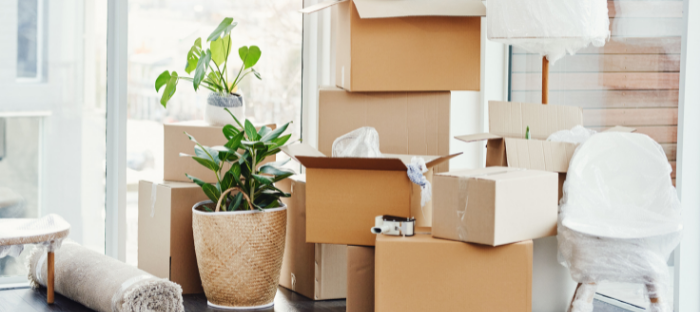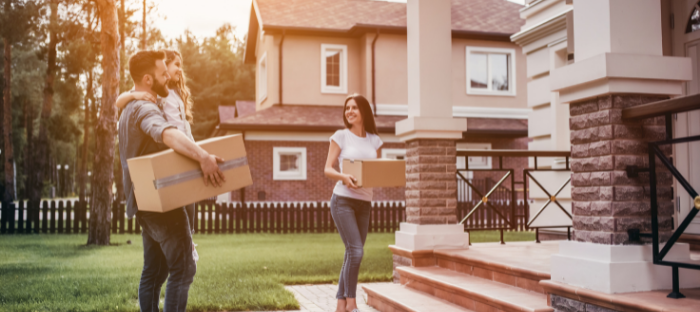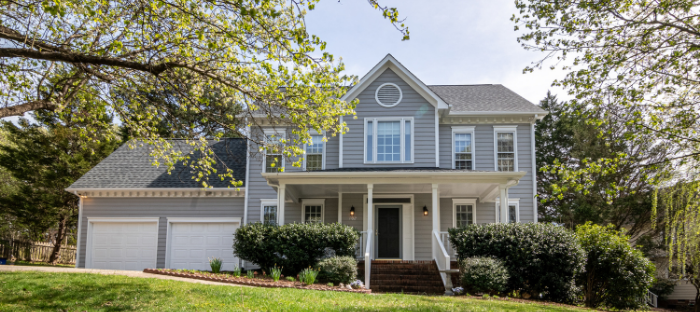Home Decoration Theme Ideas To Let Your Quirks Shine
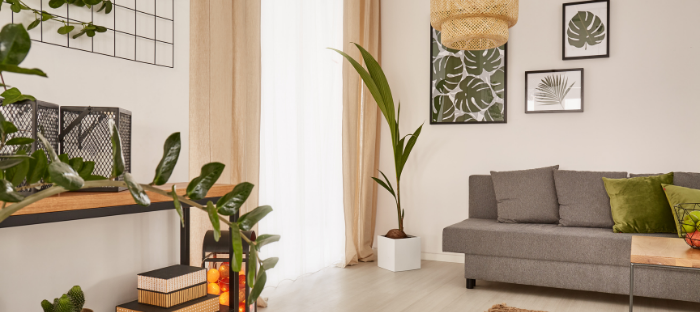
Home Decoration Theme Ideas To Let Your Quirks Shine. Just because more people keep their homes as conventional pieces of architecture doesn't mean that you have to. If it's your forever home, you should be able to make it look like what you want. Home decor ideas often focus on colour schemes and
Read MoreHow To Make The Most Space Out Of Your Apartment
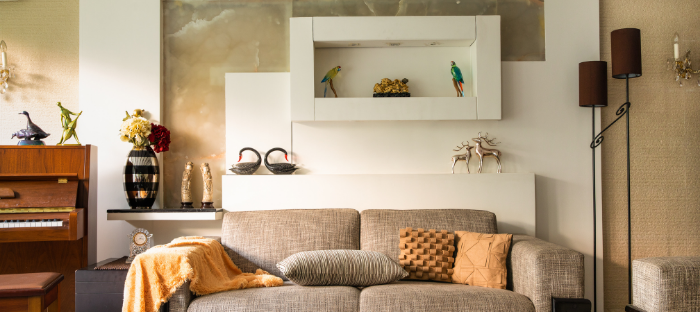
How To Make The Most Space Out Of Your Apartment. Trying to make the most out of a small apartment feels like a rite of passage. Everyone goes through the tiptoeing to get through small spaces, dinner parties with laps to rest plates on, and hidden storage all over the place. Still, you don't have
Read MoreTips To Make The Most of Your Tiny Backyard.
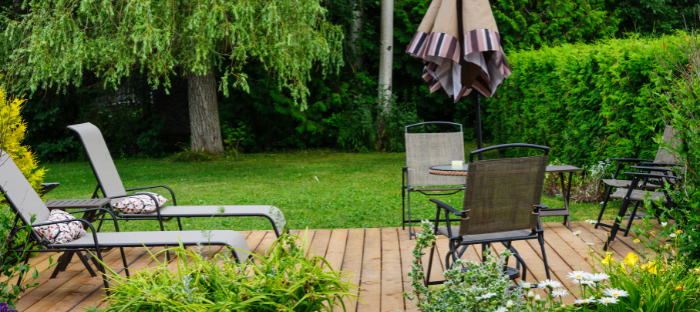
Tips To Make The Most of Your Tiny Backyard. Not everyone has a huge backyard. The option of having an outdoor living room or being able to frolic around a large green area might not be one at your disposal. But instead of just leaving your limited space as a point of shame, here are some tiny back
Read MoreMoney-Saving and Money-Making Ideas For Your Home.

Money-Saving and Money-Making Ideas For Your Home. It can feel like the only way to get more out of your house is to knock down all the walls and start again. Thankfully, that's not the case. There are lots of small things you can do that can increase the value of your home quickly. If you were won
Read MoreThe Hard Truth About Flipping Houses
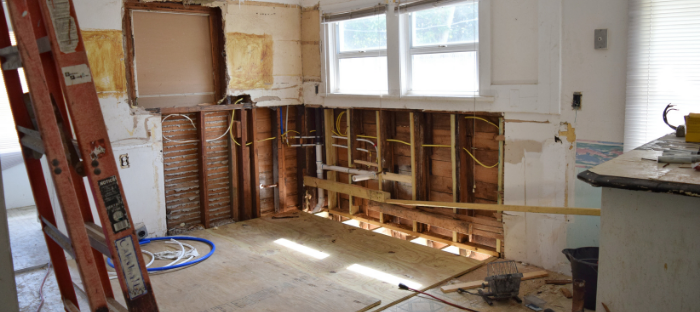
The Hard Truth About Flipping Houses. Flipping houses for a living seems attractive at a glance. You buy a house, embellish it, and sell it for a profit. You're your own boss, you get to use your hands, and you work on your own timeline. Still, is it for everyone? House flipping can yield a huge p
Read More-

6 At-Home Recycling Tips. Even though it's tiny compared to big companies, there are still ways to reduce the size of your carbon footprint. It's not just good for the environment, it can help you save some money at the same time too. Recycling, repurposing, and reusing isn't something that takes a
Read More How To Make Your Home Cozy For The Winter
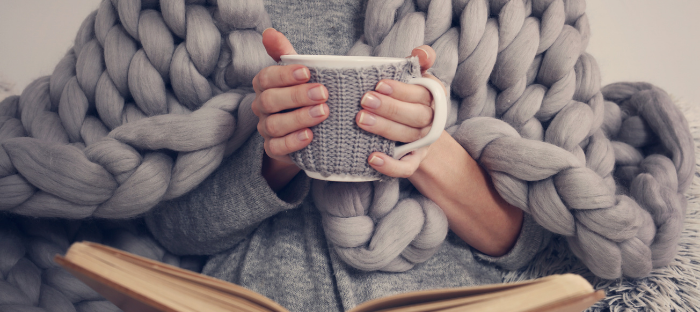
How To Make Your Home Cozy For The Winter. Your HVAC system works fine, you're not overspending on your energy bills, and your light bulbs all work fine. So how do you make your home the ultimate cozy space during the winter? Creating a cozy home is more than just warm air, so keep reading for some
Read More-

How Rain Damages Your Home. A lot of people love rain. It's calming, it makes plants almost glow with greenery in the spring, and it's a great reason to curl up with a book in hand. But everyone hates wood rot, standing water, and mould growth. Every homeowner should be aware of how well their prop
Read More The Elements of "Modern" House Design

The Elements of "Modern" House Design. Modern architecture is sometimes synonymous with strange, cold, and unfeeling interiors made for robots to live in but the truth couldn't be further than that. The perception of modern architecture is the result of both personal taste, of course, and expectati
Read MoreThe Winter and Your Heating System
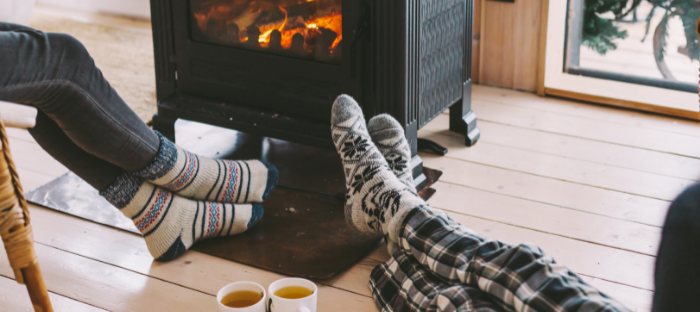
The Winter and Your Heating System. When a few cold days add up to months, it's time to start thinking about your heating system. A home's heating and cooling systems are essential and they're built to last. Still, the wear and tear of long winters, especially here in British Columbia, can have a l
Read More-

Mental Health and Your Home. If you had a broken leg, you would make adjustments to your home to make things easier and promote healing. The same goes for your mental and emotional health. Mental illness comes in a vast array of different types with differing levels of intensity. The following isn'
Read More The Risks of Buying a Fixer-Upper
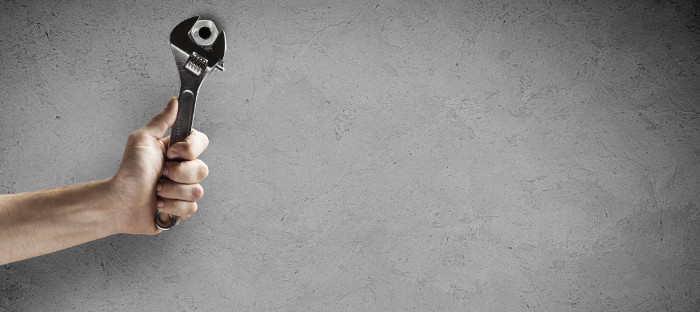
The Risks of Buying a Fixer-Upper What does it mean to buy a home as-is? If you buy a house "as-is" you are usually getting the home at a lower price, but you could potentially end up repairing or doing work that would have been ordinarily completed by sellers. Buying a home as it is can require a
Read MoreFurniture Tricks For Small Apartments
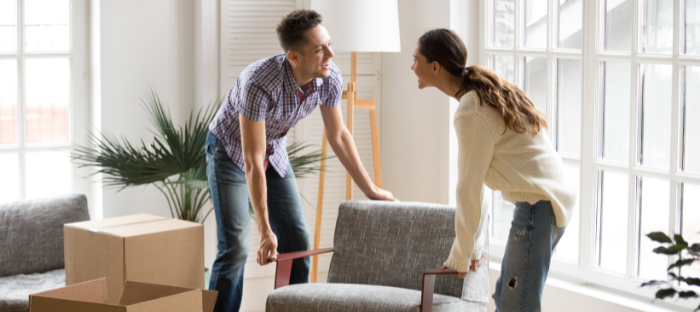
Furniture Tricks For Small Apartments. When space is something you don't have much of, every square inch matters. The thing that takes up the most space in apartments is furniture - living on a pile of pillows and having your computer laid out on the ground is a recipe for back pain, even for the m
Read MoreHow To Create The Best Environment For Your Plants.
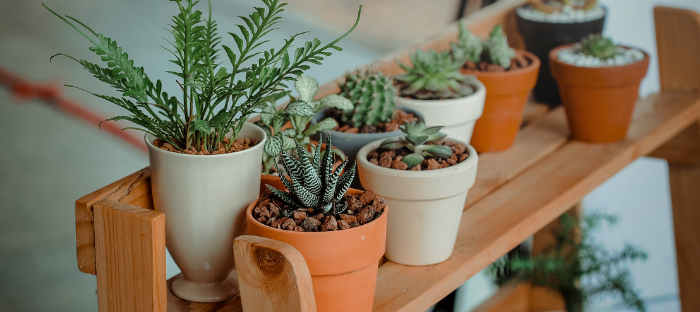
How To Create The Best Environment For Your Plants. The pandemic created a boost in the number of people that bought plants. Whether you consider yourself a plant parent or you're still wrapping your head around the full name of the ZZ plant, let's go over some tips to help your plants thrive. Choo
Read MoreHow To Decorate Open-Concept Spaces.
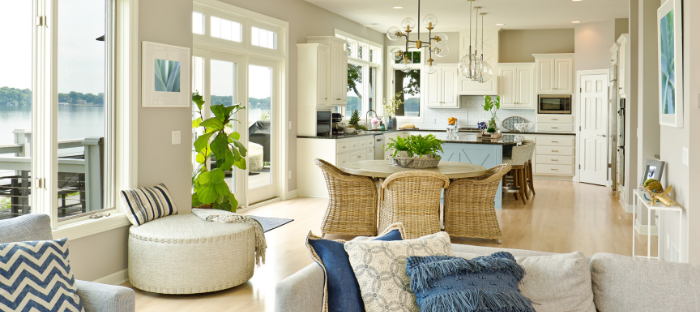
How To Decorate Open-Concept Spaces. Open-concept spaces are all the rage these days - but how do you decorate them correctly? First off, what is an open concept when it comes to your home? An open concept living space is one where there are no walls separating the different areas of the home. This
Read MoreHow To Save On Your Utility Bills.

How To Save On Your Utility Bills. Check your utility bills for accuracy. The first thing to do is check your meters. Make sure they are still accurate. The second thing to do is make sure the bill reflects your actual usage, not what you used last month or even last year. If you have an old air co
Read More-
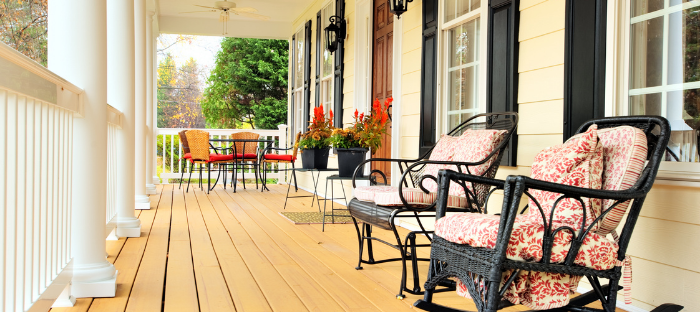
Porch Decorating Tips! Why would you decorate your porch? Your front porch is the first experience people will have of your home. To improve your home's curb appeal, ideas like a fresh coat of paint won't be enough. Whether you want to wow your visitors, get ready to sell your home, or spend more t
Read More Decoration Tips to Make Your Home Truly Yours.
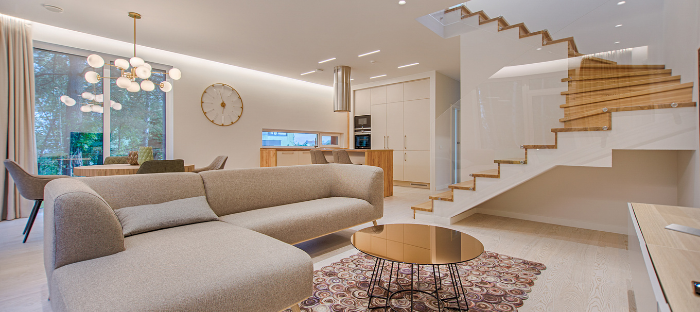
Decoration Tips to Make Your Home Truly Yours. Whether you just moved in or looked around and felt like it was time for a change, here are some home decorating tips to spruce up your home decor. Look at the room's purpose You're not going to decorate your home office the same way you would a kitche
Read MoreWhat You Need To Know About Buying a Heritage Home
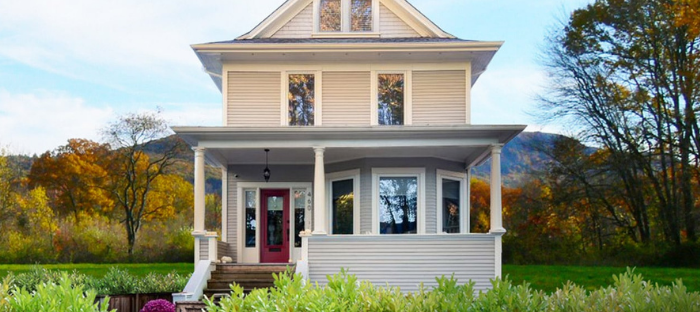
What You Need To Know About Buying a Heritage Home What is a historic or heritage home? A heritage home is any house, usually more than 50 years old, that has special historical or architectural significance. That said, some states and municipalities have their definitions of “historic”; in some ca
Read MoreWhat You Need To Know When Building a House.
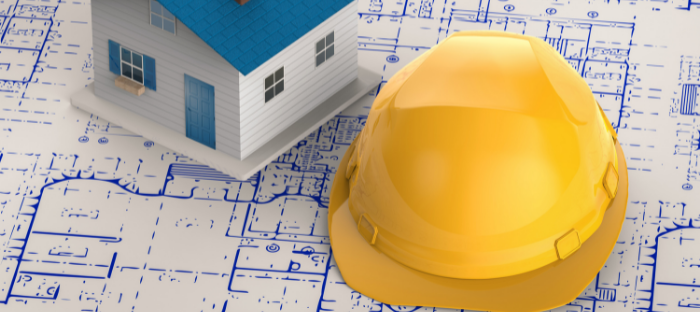
What You Need To Know When Building a House. Designing the house's layout One of the first things you need to do when building a house is to decide on a layout for your design. There are many different layouts, so it all depends on what you want and how much time and money you have for your project
Read More
Categories
Recent Posts



